Is forest management the key to drastically reducing wildfire risk? In our final installment of this series about wildfire prevention, we look at how firefighters, foresters and loggers are making strides in protecting well-managed forests.
During the dry season of the year, they wake up thinking about fire.
They start the workday by checking the weather, loading their firefighting gear in their trucks, and never straying far from the heavy equipment they use to fight fires when they do break out.
If you think this was a description of firefighters, you’re only half right: we’re talking about foresters and loggers who are ready to fight fires at a moment’s notice. The woods are full of them.
How Rayonier’s foresters help protect forests, the ecosystems within them and the environment
In the first story in our Forest Management series, we talked about the many ways foresters work to eliminate fire hazards and defend forests against fire in the off season, such as controlled burning, thinning forests, and optimizing tree health to ensure they’re hydrated well enough to fend off small fires.
In addition to all the active forest management tools employed, many of Rayonier’s field employees are also trained firefighters.

In the Pacific Northwest, Rayonier Senior Resource Land Manager Jessica Josephs says, “Most have qualified as a Firefighter II (a national designation) and several are ‘red carded’” — having passed the national endurance test to work on federal fires. In the Southeast, Rayonier has trained forest rangers, whose primary job function is fire prevention and response. You can read more about our forest ranger team here.
“We are really a first response team trying to control fires on our property before they get very big,” Jessica says. “On several of our tree farms we have a fleet of water tenders and other equipment such as pumps and hoses. We work in conjunction with the different states to protect our property. We’re also active participants in regional firefighting associations.”
Firefighters feel safer, more equipped to fight fire
One of those associations is Coos Forest Protective Association (CFPA) in western Oregon, a nonprofit that responds to forest fires on private and public lands in its 1.5 million-acre, 140 mile-long district.
As we explained in our second story in this series, CFPA foresters feel safer and more equipped to fight fire in well-managed forests. The lower fuel density and well-maintained road systems enable them to access the fire more quickly; foresters who know the land base can easily help them navigate to the fire; and, since many foresters and loggers are trained in firefighting, they can lend a helping hand.
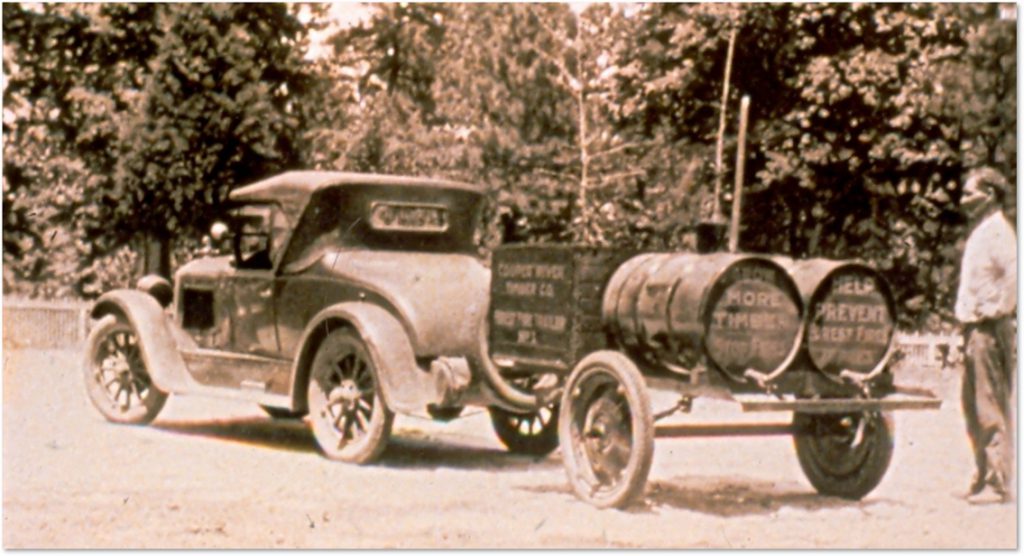
How technology is giving firefighters an edge
CFPA District Manager Michael Robison has seen a lot of change since he began fighting wildfires in the 1970s. One of the most positive strides has been in the technology that alerts his team when fire breaks out. Though technology can never replace the value of humans in the woods, it has given them a growing advantage over the last 30 years. CFPA uses special cameras to help differentiate mist from smoke and detect fires.
“In the old days everyone had lookouts that were staffed. They would look over the landscape every day and report fires,” Michael says. “Starting in 2007-2008, we started phasing away from that legacy program and placing detection cameras.
Year-round fire monitoring
“Essentially, it’s a camera that’s linked to a network and they’re all linked together and monitored daily. They’re geo-referenced, which means you can pinpoint the location of a fire when you see it. This usually is better than a person can do with the naked eye, and the cameras have a nighttime mode on them, where you can switch them from day to night to assist firefighters with locating a fresh fire start. The cameras also have sensors and can sound alarms when a new fire start is detected.”
Michael added that another big benefit of the detection cameras is that they can be used year-round, whereas lookouts were only budgeted to be staffed during forest fire season. “Like this year we had a fire started by a hunter after fire season. We wouldn’t have spotted it without the camera.”
CFPA also uses a computerized system to keep track of the weather from a variety of weather stations, which helps the association set fire danger levels for the public and industrial clients.
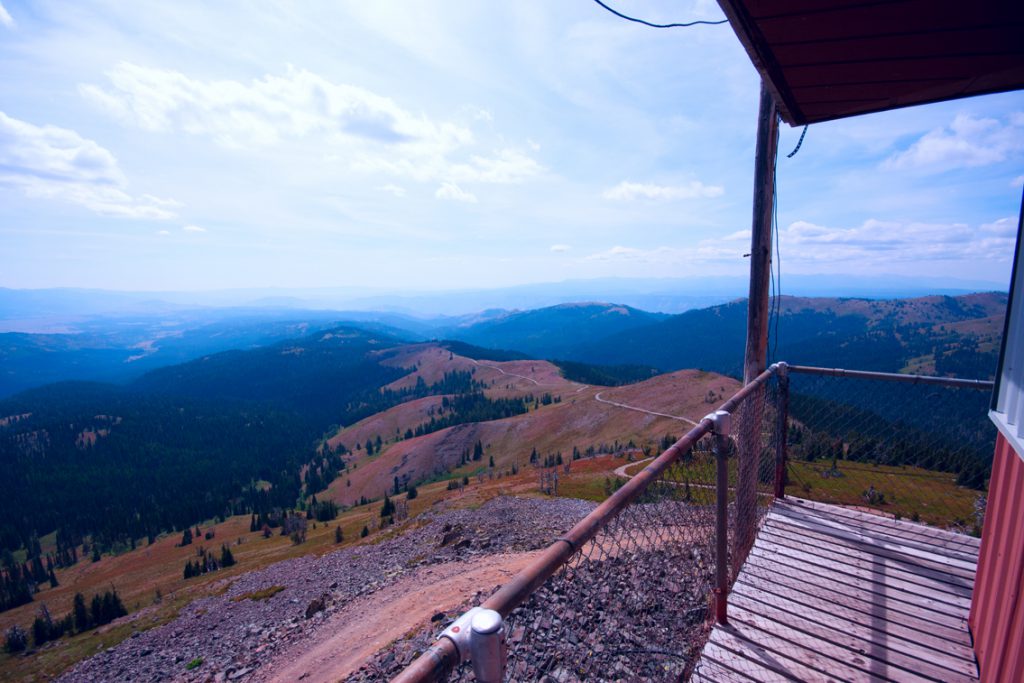
Can forest management really make a difference in adapting to and mitigating climate change?
“For many, this year has been a wake-up call for better forest management,” says Neris Biciunas, a Rayonier Resource Land Manager.
“The primary narrative of, ‘fires are getting bigger, hotter and worse’ is a real short-term analysis,” he says.
While he acknowledged there has been an increase in acreage burned since the 1960s, fire is not new to America’s forests. In fact, between about 1910 (when records of burned areas started to be collected) and 1960, the amount of area burned every year was regularly 20-50 Million acres per year! In the last few decades, a bad fire year covered 10 million acres. See the data in this analysis of National Interagency Fire Center records.
Not necessarily “gone forever”
The impact of the fires isn’t always represented accurately either, Neris says.
“When a fire burns through an area you hear was ‘destroyed’ and ‘gone forever,’ that often just isn’t the case,” Neris says. “The fires that burned through the redwoods last summer, most of the trees survived that fire!” (This NBC News report has the details.)
“Redwood is a fire-tolerant species, as are many of the species in the Pacific Northwest, which are fire-adapted. It’s not a deal-killer for them. There are negative side effects of a very hot, intensive fire, but that’s a strong argument for using controlled, targeted, low-intensity fire to prevent mega fires.”
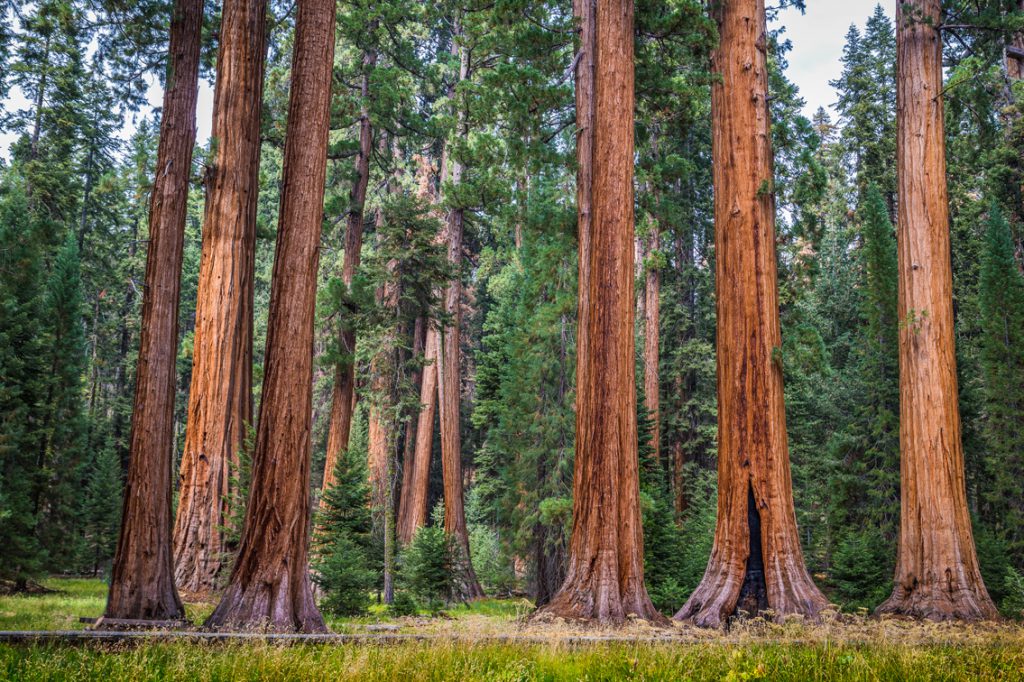
No matter what your opinion on the role of climate in today’s wildfires, it cannot be denied that removing forest fire fuel (debris, dead trees, sick trees, etc.), maintaining healthy forests and employing other aspects of forest management we’ve explored in this series can continue to reduce the impact from fires in the years to come.
That’s better for our communities’ safety, the ecosystems of the creatures that live in the forest, and the forests, themselves, which are essential to providing the clean air and water we all rely on. For more on how our forests sequester carbon and store it even after the trees become products, you can view the Rayonier Carbon Report here. And you can learn more about working forests’ impact on water quality here.
“Foresters were the first environmentalists”
The forestry community has been studying ways to reduce fire and fire risk for generations—to protect both our communities and our livelihood.
Jessica says practices like that are the reason forestry exists:
“Foresters are often painted as anti-environmentalists but I’d argue that foresters were the first environmentalists. That’s how forestry came to be—an early understanding that forests needed to be managed, to use the resource judiciously and stop wasteful practices.
“My foresters are the first to stop and watch an elk herd as they move through an area. Sure, they nip our trees, but everyone still stops to enjoy their majesty. Everyone has stories about seeing bears, cougars, bobcats, etc., always told with a thrill and wonder. My folks watch stands they planted grow and develop like a proud parent. And when something devastates a stand, old or young, folks are really impacted—and not just for loss of value. Driving through some of the burned areas and seeing the loss of wonderful, stately, healthy stands takes everyone’s breath away.
“Foresters as a group love the woods. That’s why we got into forestry. Think about it: who loves the forest more than folks who spend 30+ hours a week in the forest — rain, shine…or fire?”
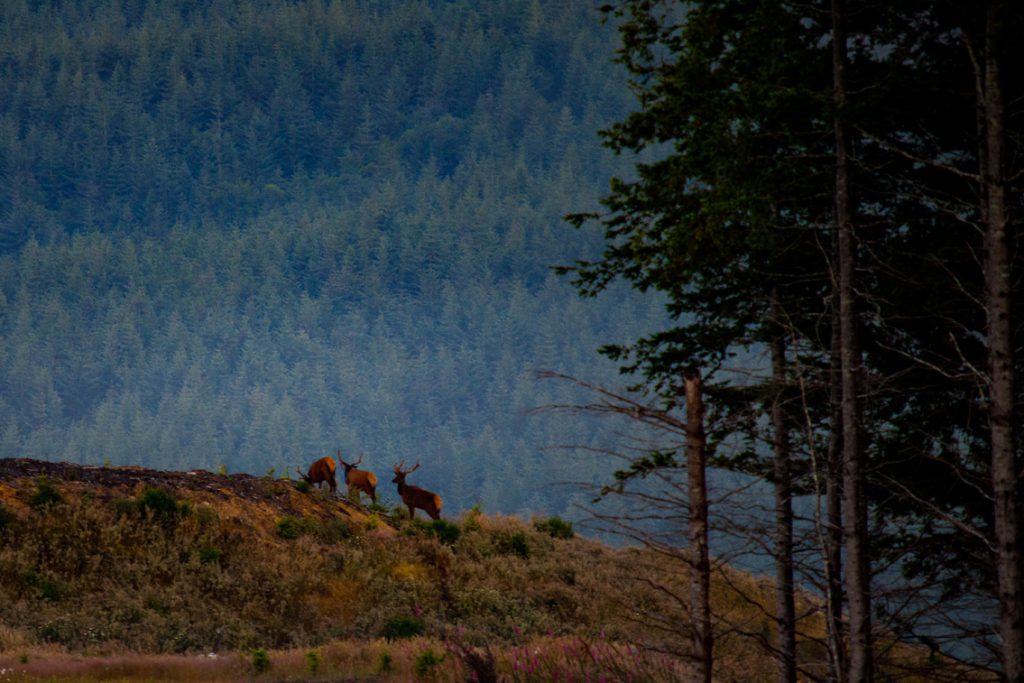
Also in our Forest Management series:
Story #1: How Forest Management Prevents Forest Fires. Rayonier foresters, who are also trained firefighters, share how forest management reduces wildfire risk. They explain the ways foresters prevent wildfire and why healthy tree plantations are less likely to burn out of control when fire does break out.
Story #2: How Forest Management Helps Protect Firefighters. A fire manager from Coos Forest Protective Association in Oregon shares how managed forests reduce risks for those fighting a wildfire.
Further Reading
If you’d like to know more about Rayonier’s firefighting efforts, read our interview and watch the video of our Southeast Coast forest rangers team here.
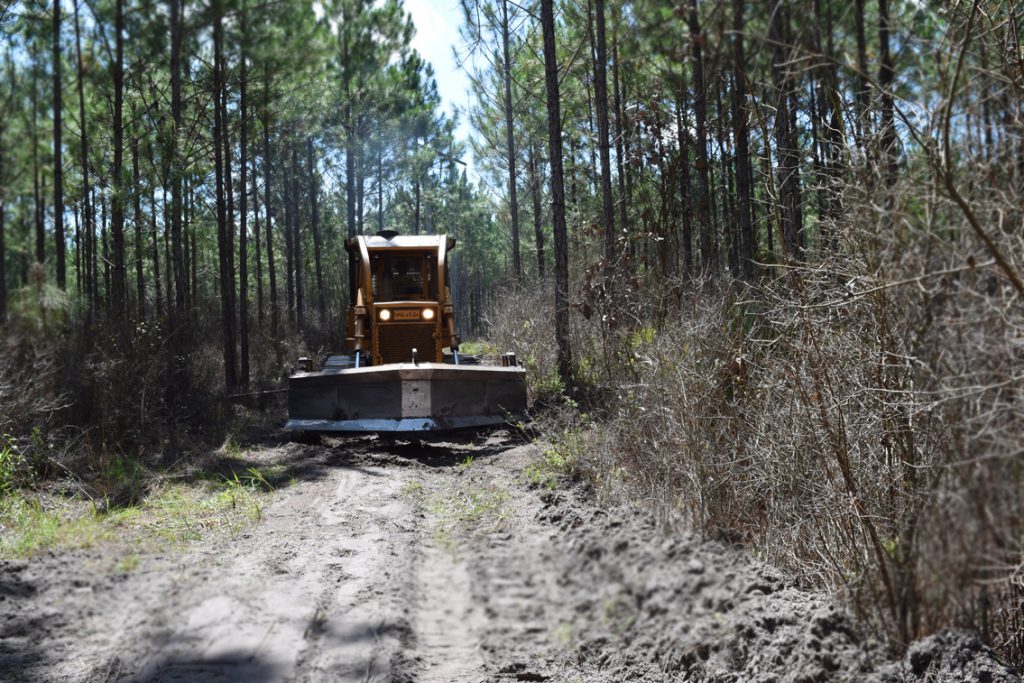







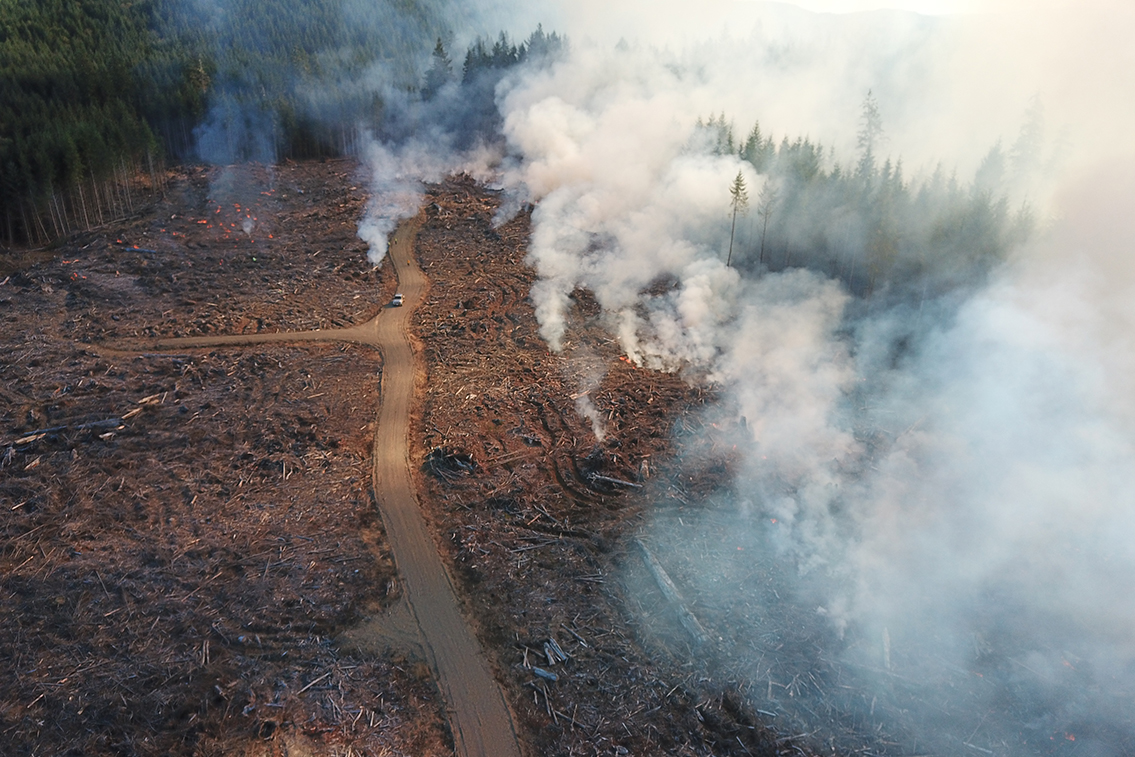


Leave a Comment